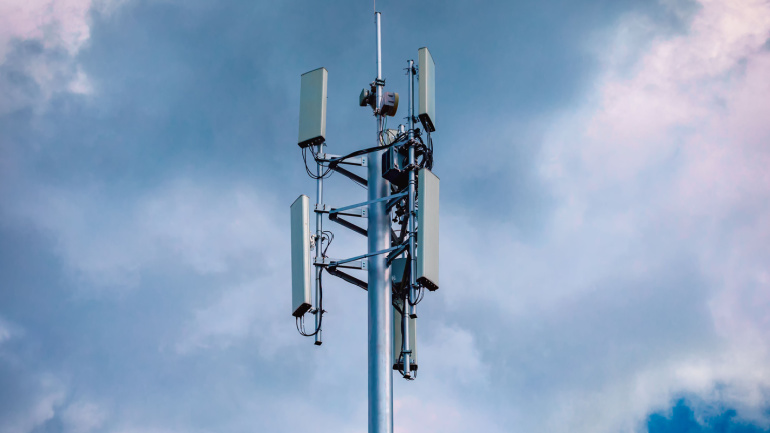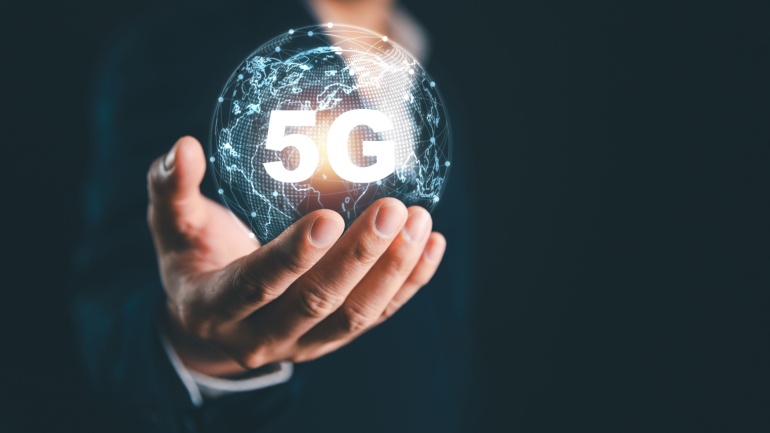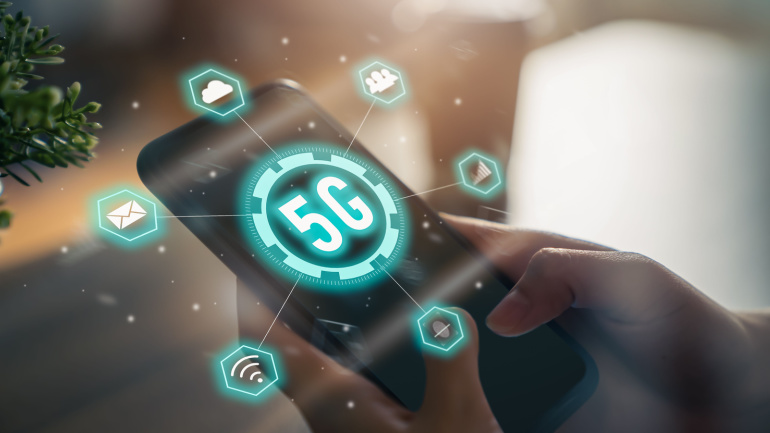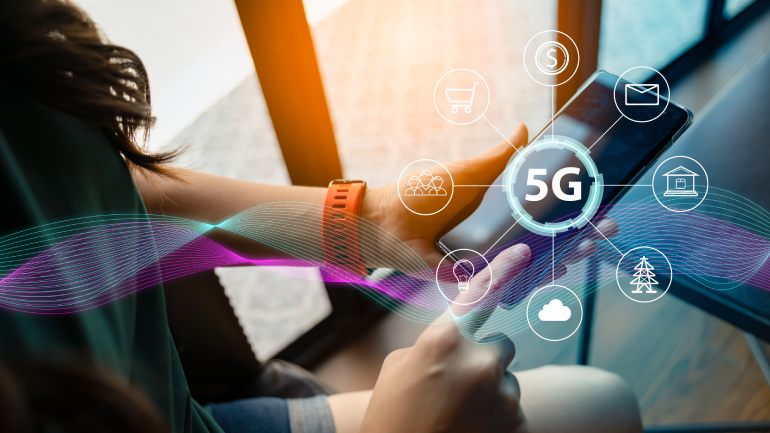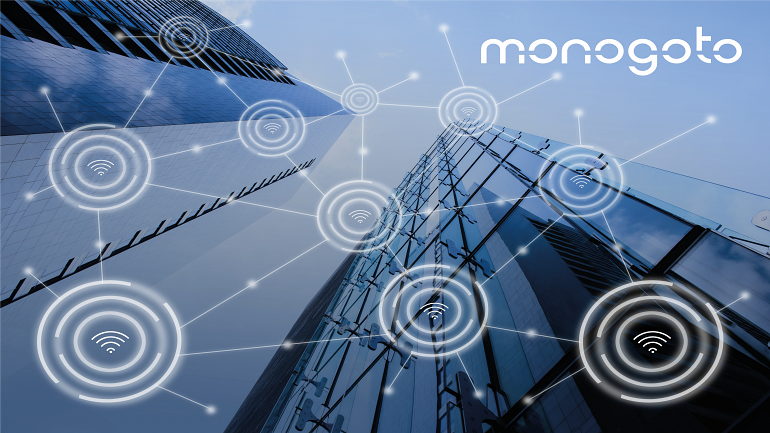Leading the way in private network establishment, the U.S. capitalizes on unique advantages from Citizens Broadband Radio Service (CBRS) and its innovative three-tiered spectrum approach. This nonpareil blueprint fosters efficient allocation of limited spectrum resources, empowering the expansion of private 5G networks. Riding this wave, companies like Quanta Cloud Technology and Intel synergize to create future-focused solutions, navigating challenges and setting the stage for 5G’s transformative potential.
BT and Ericsson have launched a new cooperative venture in which the two companies will collaborate to deliver private 5G networks to Industry 4.0 clients. The details of the multimillion-pound arrangement have not been released, although it is reported that the partnership duration is to be for several years. Under the terms of the agreement, BT will use Ericsson technology to provide private 5G networks to partners in a variety of industries, including manufacturing, healthcare, and transportation and logistics, with a focus on enabling valuable solutions such as asset tracking, predictive maintenance and automation. Asset tracking, predictive maintenance, networked sensors, real-time data processing, automation and robots are among the industry 4.0 solutions promised. The actual implementation may vary depending on the environment, but the private 5G network, which enables all of these use cases with low latency connectivity, is the main selling point. Katherine Ainley, CEO Ericsson…
Ericsson has announced the launch of its Private 5G, which will reshape on-site connectivity by providing secure and simple 4G LTE and 5G Standalone Connectivity (SA), targeting the manufacturing, mining and process industries, offshore and power companies, as well as ports and airports. Ericsson Private 5G enhances and makes business operations using cloud network management easier, keeping sensitive data on-site without downtime, and guarantees high performance under Service-Level Agreements (SLAs). The Ericsson 5G Private network is based on a 4G/5G radio and dual-mode core technology for extensive indoor and outdoor environment use cases, that include tracking assets and real-time automation, a digital twin to help optimize production operations, effective quality checks using augmented reality, and smart surveillance drones. This technology seamlessly merges with a variety of business projects, devices, and applications to increase productivity, deliver new offerings, boost customer engagement, and improve the overall work environment. The…
Vodafone has launched Europe’s first 5G mobile private network at the Temelín Nuclear Power Plant in Czechia, replacing traditional walkie-talkies. In partnership with ČEZ Group, this pilot project enhances safety and operational efficiency through advanced communication tools like augmented reality glasses, ensuring secure, independent data management within the plant’s systems.
Despite the complexities, the Telecoms.com survey reveals an exciting consensus: The enterprise private networks may become a 5G goldmine in the next few years. Interestingly, the mobile edge’s role shows signs of decrease. But what about Multi-Access Edge Computing and the high cost of managing mixed networks? And how can vendor selection help overcome security concerns? With both telecoms and customers keen on leveraging 5G’s potential, it’s a thrilling tale of advancement and challenges.
At the Future Enterprise Networks event, experts discussed challenges of 5G private network adoption, emphasizing security benefits and market infancy. Strategies to expand usage to SMEs and overcoming obstacles like education and cost were also highlighted.
Discover how 5G Open Innovation Lab teamed up with F5, GXC, and Spirent Communications to create an advanced Enterprise Private Mobile Network solution that boosts security, control, and operational efficiency in hard-to-reach areas, catalyzing IoT and network slicing opportunities.
Contributed by Maor Efrati, CTO at monogoto My generation grew up in the early days of the internet and global connectivity. The only truly global network was the phone network. Any content or other service was provided by a local operator. We saw the internet as a global network but mostly as a way to share and access information. A huge revolution parallel to the WWW was the OTT ‘over the top’. It’s not an information revolution but a brand new business model for a whole new set of companies to become a service provider without a physical connection to the consumer. OTT has revolutionized the way many businesses operate. In the early 2000s, operators and service providers generated most of their income from all kinds of content: TV, Voice, SMS, Ringtones, Stickers, etc. The internet brought a new wave of companies, technically new service providers, companies that…
Contributed by Maor Efrati, CTO at monogoto Working from home: A lot has been said about increased productivity and family time as positively impacted during the COVID-19 quarantine. I am discovering that it’s also good for writing and for analyzing the many conversations that I and my monogoto.io partner Itamar Kunik have regarding cellular, WiFi, and the future of connectivity. @monogoto we are building an OTT cellular network. We are providing a connectivity service to any company that desires to have cellular connectivity as part of the offering or product. Simplifying the backend and network with strong API’s while keeping all the bells and whistles that a cellular network can support over a traditional last mile (RJ45 and WiFi). It will be interesting to see what plays out regarding WiFi vs Cellular as the last-mile provider. Some think cellular technology is the perfect solution for all wireless networks, while others hope…
Viettel has launched Vietnam’s first commercial O-RAN 5G network, powered by Qualcomm’s advanced 5G platforms. The rollout, featuring over 300 sites by 2025, includes cutting-edge infrastructure like the Qualcomm X100 and QRU100 platforms.



